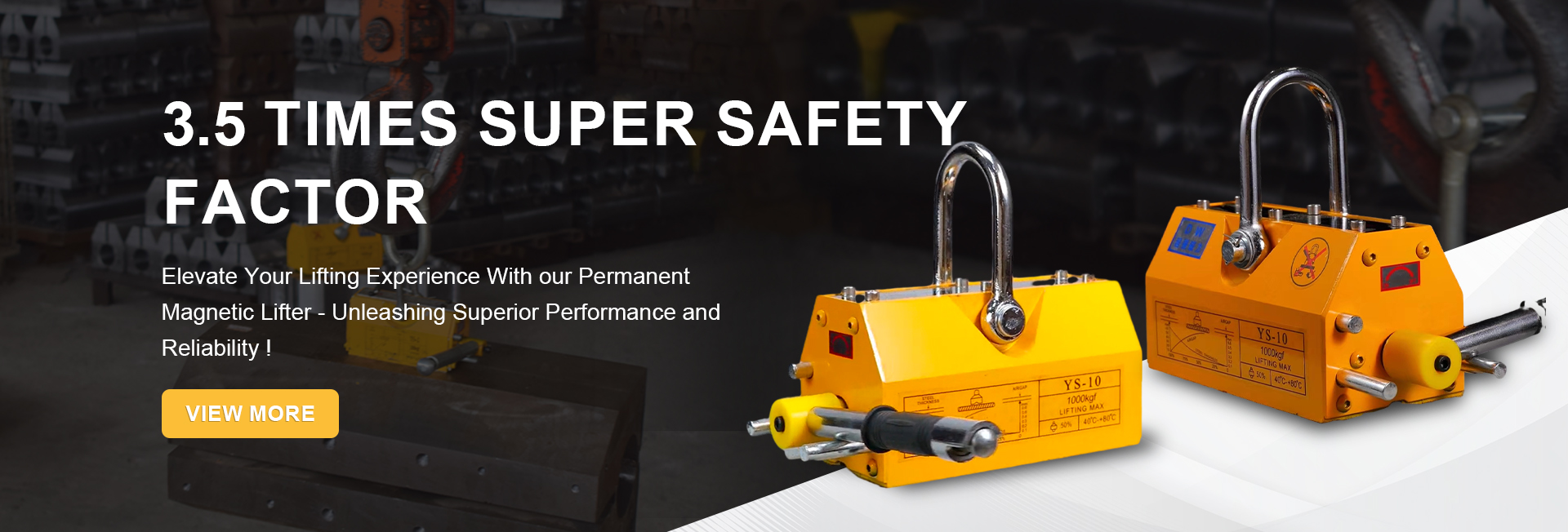Heavy Equipment Relocation and Rigging Services for Safe and Efficient Industrial Operations
Machine Moving and Rigging A Comprehensive Guide
Machine moving and rigging is a critical component of industrial operations, construction projects, and many engineering tasks. It involves the careful planning, transportation, and installation of heavy machinery and equipment. This process is essential for ensuring that machinery is safely relocated and set up without causing damage to the equipment or surrounding structures. This article delves into the key aspects of machine moving and rigging, highlighting its importance, techniques, and challenges.
The Importance of Machine Moving and Rigging
The movement of heavy machinery is not merely a logistical challenge; it requires a deep understanding of physics, engineering principles, and safety protocols. Industries such as manufacturing, construction, and energy rely heavily on large equipment that must be moved and installed efficiently. Proper rigging ensures the safe transfer of machinery, minimizing operational downtime and potential risks associated with improper handling.
Additionally, machine moving and rigging has substantial implications for workflow and productivity. Efficiently relocating equipment can lead to optimized processes and improved efficiency. Companies can streamline their operations by ensuring that machinery is positioned correctly and functioning as intended.
Techniques Used in Machine Moving
Several techniques and equipment are employed in machine moving and rigging, depending on the size, weight, and type of machinery involved. Some common techniques include
1. Rigging This involves the use of ropes, pulleys, and other gear to lift and move heavy objects. Proper rigging practices ensure that loads are balanced and securely attached to lifting equipment.
2. Cranes Cranes are one of the most common pieces of equipment used in machine moving. They come in various types (e.g., mobile cranes, tower cranes) and are selected based on the specific lifting requirements and site conditions.
machine moving & rigging

3. Forklifts and Pallet Jacks For smaller machinery or load, forklifts and pallet jacks are often used for transportation within a facility or site. These tools facilitate the movement of equipment over short distances.
4. Rollers and Dollies For extremely heavy machinery, movers often use rollers and dollies to relocate equipment. These devices allow for easier movement across flat surfaces.
5. Hydraulic Systems Hydraulic jacks can lift significant weight and are often used in conjunction with other tools to facilitate safe and efficient machine moving.
Challenges in Machine Moving and Rigging
Despite advancements in technology and techniques, machine moving and rigging presents various challenges. One of the primary concerns is safety. Handling heavy machinery poses significant risks, including potential injuries to workers and damage to equipment. Therefore, adhering to strict safety protocols and employing qualified personnel is paramount.
Site conditions also play a crucial role in the complexity of a moving project. Uneven terrain, overhead obstacles, and access limitations can all impact the planning and execution of a machine moving operation. A thorough site assessment is essential to identify potential challenges and develop appropriate strategies to address them.
Moreover, the legal and regulatory aspects of machine moving must be considered. Each jurisdiction may have different regulations regarding heavy lifting, transportation, and installation, necessitating compliance to avoid legal issues.
Conclusion
Machine moving and rigging is a vital aspect of many industries, requiring careful planning, skilled professionals, and specialized equipment. By understanding the techniques involved and addressing the challenges that arise, companies can ensure that their machinery is safely and efficiently relocated and installed. In a world where precision and safety are paramount, mastering machine moving and rigging practices can lead to significant operational improvements and long-term success.
-
Unlock Seamless Relocation with Our Heavy Equipment Moving ExpertiseNewsJun.06,2025
-
Unleash Unrivaled Flexibility with Our Adjustable Gantry CraneNewsJun.06,2025
-
Unleash Heavy-Duty Efficiency with Our Industrial Gantry Crane SolutionsNewsJun.06,2025
-
Revolutionize Steel Handling with Our Magnetic Lifter RangeNewsJun.06,2025
-
Master Equipment Mobility with Premium Machinery Mover SolutionsNewsJun.06,2025
-
Elevate Your Material Handling with Magnetic Lifter TechnologyNewsJun.06,2025
-
YS Permanent Lifting Magnets: The Smarter Way to Handle SteelNewsMay.22,2025
